From inside (document excerpt):
Variable Speed, Two-Stage Electronic Condensing Gas Furnace Visit www.carrier.com 58MVP Series 170 & 180, 58MVB, 58UVB TROUBLESHOOTING GUIDE INDEX PAGE Safety Considerations . 1 Instructions 1 Example 2 General 2 Sequence of Operation . 2 Single-Stage Thermostat and Two-Stage Heating (Adaptive Mode) . 2 Two-Stage Thermostat and Two-Stage Heating 4 Cooling Mode 4 Single-Speed Cooling 4 Single-Stage Thermostat and Two-Speed Cooling (Adaptive Mode) .
4 Two-Stage Thermostat and Two-Speed Cooling . 5 Thermidistat Mode . 5 Super-Dehumidify Mode . 5 Continuous-Blower Mode . 6 Heat Pump Defrost . 6 Component Test . 6 Service/Status Code Instructions . 7 Start Here 9 Rapid Flashing AMBER LED . 10 Improper Cooling Air Flow . 11 High Heat Temperature Rise Too Low . 12 Status Code 11 – No Previous Code . 13 Status Code 12 – Blower On After Power Up . 13 Status Code 13 – Limit Circuit Lockout 14 Status Code 14 – Ignition Lockout . 15 Status Code 15 Blower Motor Lockout 15 Status Code 21 – Gas Heating Lockout 15 Status Code 22 – Abnormal Flame-Proving Signal . 16 Status Code 23 – Pressure Switch Did Not Open 16 Status Code 24 – Secondary Voltage Fuse Is Open . 17 Status Code 25 Model Selection or Setup Error . 19 Status Code 31 High-Heat Switch or Relay did not close or Reopen 19 Status Code 32 – Low-Heat Pressure Switch Did Not Close or Reopened 21 Status Code 33 – Limit Circuit Fault 23 Status Code 34 – Ignition-Proving Fault 25 Status Code 41 Blower Motor Fault . 26 Status Code 42 Inducer Motor Fault . 28 Status Code 43 – Low-Heat Pressure Switch Open While High-Heat Pressure Switch Is Closed 30 Status Code 45 Control Circuitry Lockout . 31 Cleanup and Start-Up Instructions . 31 APPENDIX A – Board Layout & Wiring Schematic . 32 APPENDIX B – ECM Blower Motor Description & Operation 36 APPENDIX C – Pressure Check Diagram 37 APPENDIX D – Static Pressure Reading Location Diagrams 38 APPENDIX E – Quick Reference Information . 40 -1- APPENDIX F – Furnace Staging Algorithm .41 SAFETY CONSIDERATIONS Installing and servicing heating equipment can be hazardous due to gas and electrical components. Only trained and qualified personnel should install, repair, or service heating equipment. Untrained personnel can perform basic maintenance functions such as cleaning coils, or cleaning and replacing filters. All other operations should be performed by trained service personnel. When working on heating equipment, observe precautions in literature, on tags, and on labels attached to or shipped with the unit, and other safety precautions that may apply. Follow all safety codes. In the United States, follow all safety codes including the National Fuel Gas Code.


 Carrier Owners Manual - Enlarge page 1 of 44
Carrier Owners Manual - Enlarge page 1 of 44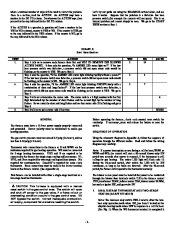 2 of 44
2 of 44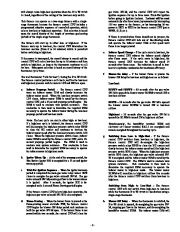 3 of 44
3 of 44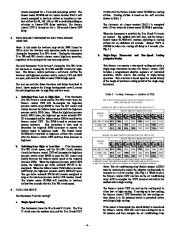 4 of 44
4 of 44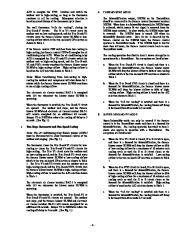 5 of 44
5 of 44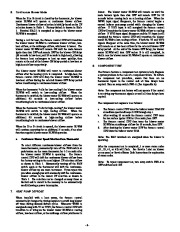 6 of 44
6 of 44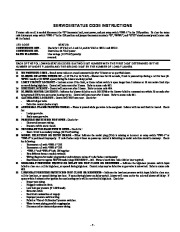 7 of 44
7 of 44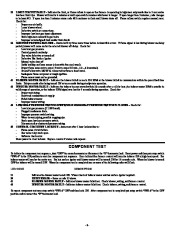 8 of 44
8 of 44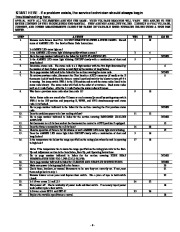 9 of 44
9 of 44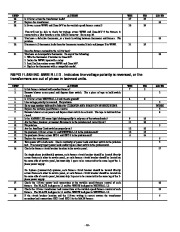 10 of 44
10 of 44 11 of 44
11 of 44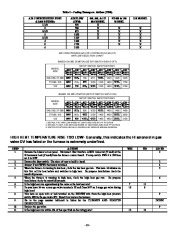 12 of 44
12 of 44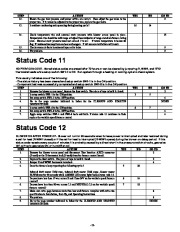 13 of 44
13 of 44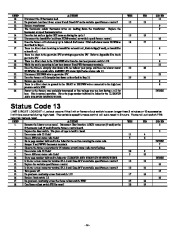 14 of 44
14 of 44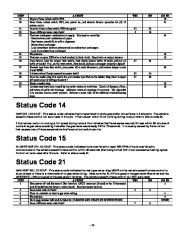 15 of 44
15 of 44 16 of 44
16 of 44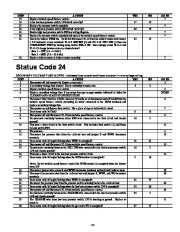 17 of 44
17 of 44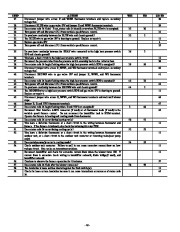 18 of 44
18 of 44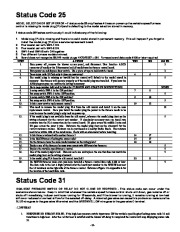 19 of 44
19 of 44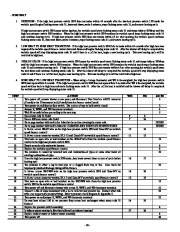 20 of 44
20 of 44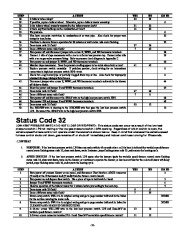 21 of 44
21 of 44 22 of 44
22 of 44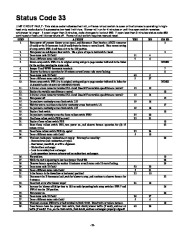 23 of 44
23 of 44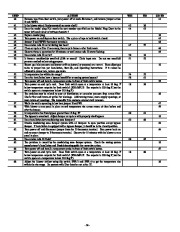 24 of 44
24 of 44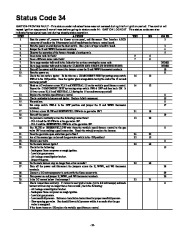 25 of 44
25 of 44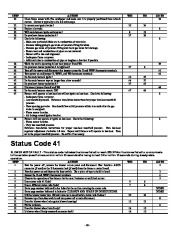 26 of 44
26 of 44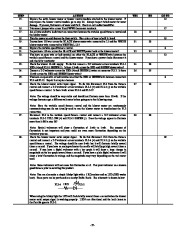 27 of 44
27 of 44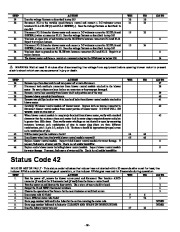 28 of 44
28 of 44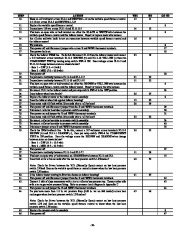 29 of 44
29 of 44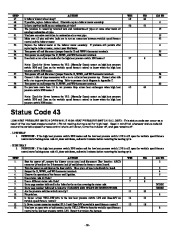 30 of 44
30 of 44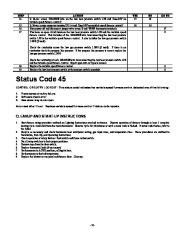 31 of 44
31 of 44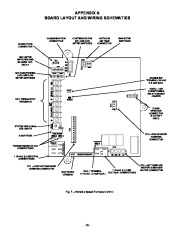 32 of 44
32 of 44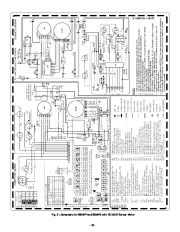 33 of 44
33 of 44 34 of 44
34 of 44 35 of 44
35 of 44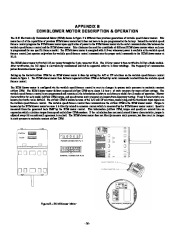 36 of 44
36 of 44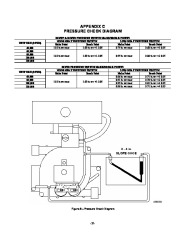 37 of 44
37 of 44 38 of 44
38 of 44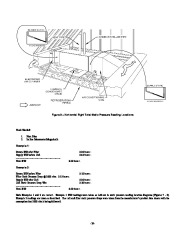 39 of 44
39 of 44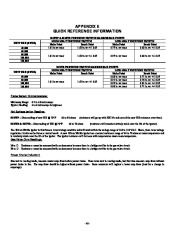 40 of 44
40 of 44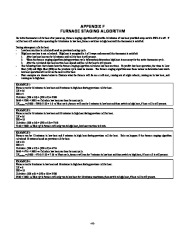 41 of 44
41 of 44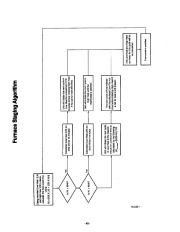 42 of 44
42 of 44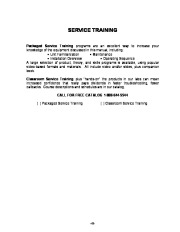 43 of 44
43 of 44 44 of 44
44 of 44